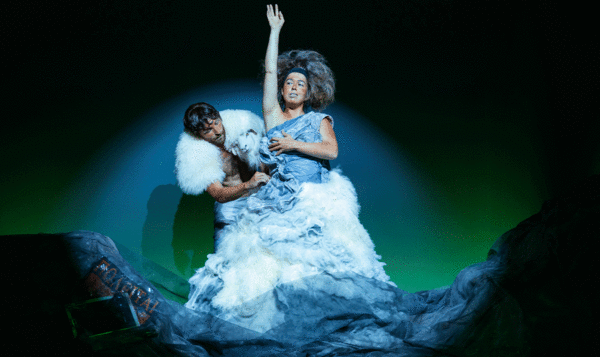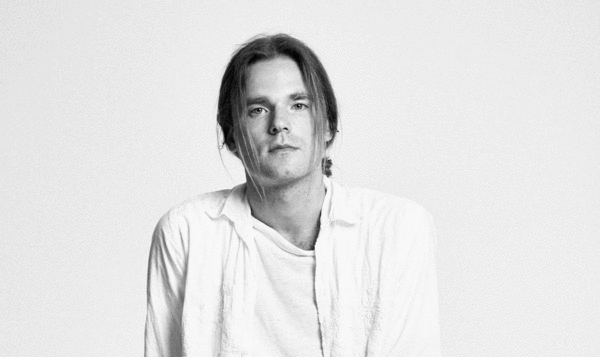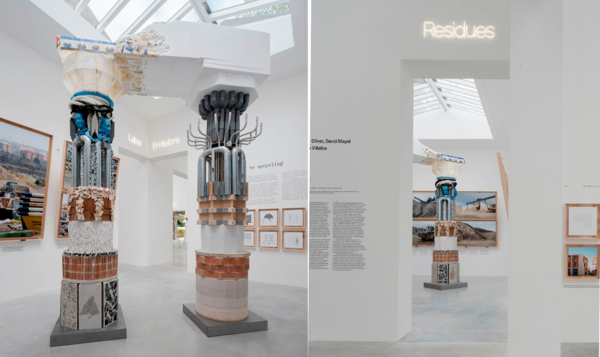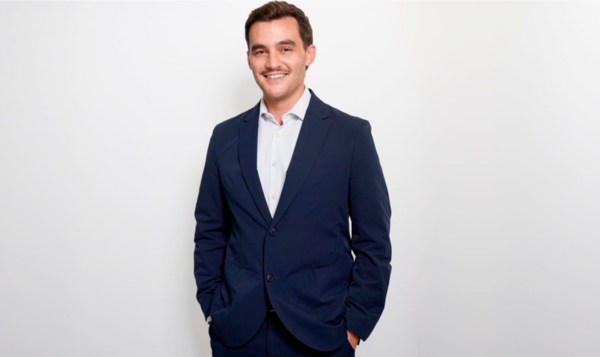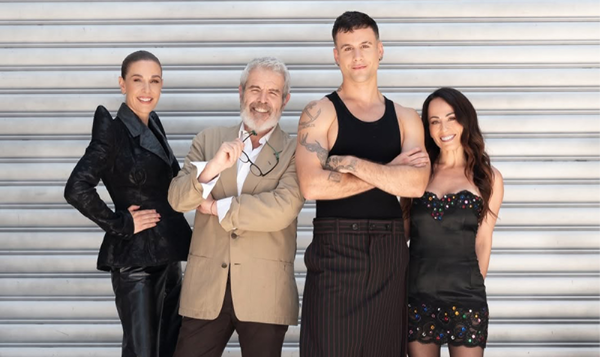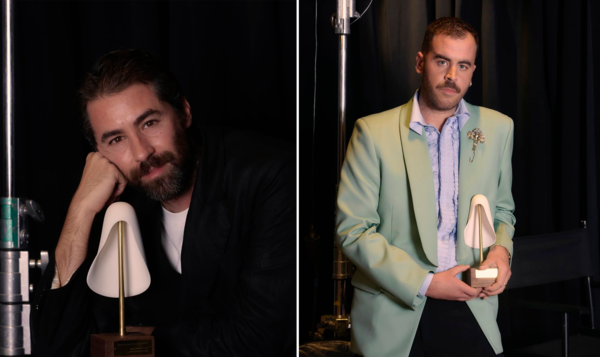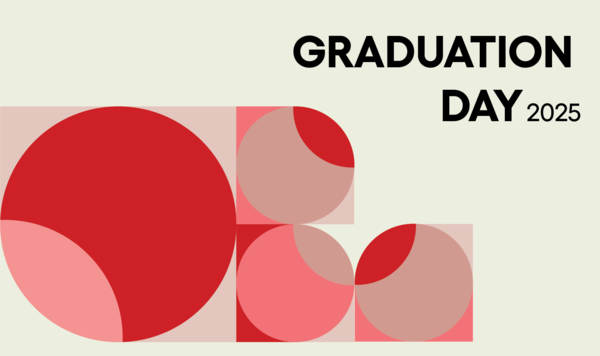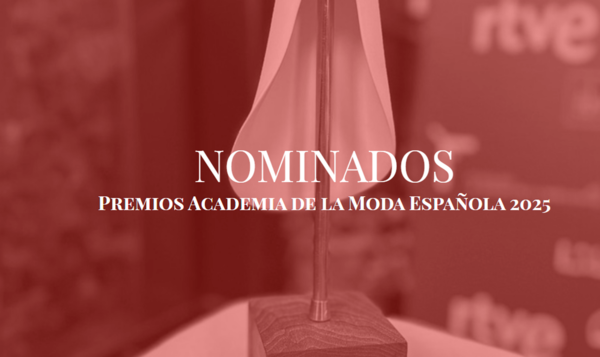The designers of the future will create opportunities in business consulting, relational design and UX design. Soft skills and technology are essential for the artistic revolution.
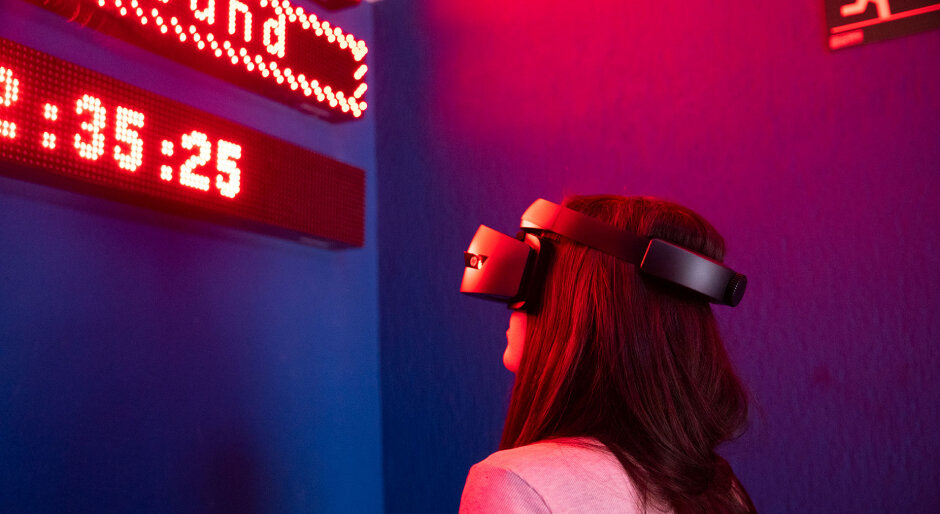
The evolution of the designer’s profession
Date
08 March 2019
In relational design, the designer as a business consultant and UX (User Experience) design tools seem to be outlining new paths that are flexibly and transversally adapted to the needs of the world of the future, broadening the scope of action and projecting innovative scenarios destined to develop in a context interconnected by information and knowledge networks.
To Stef Silva, a professional specialising in the design of the future, the signs of progress seem clear: “Just look at the role that designers play within companies. We are beginning to no longer be the last link in the manufacturing chain and the last to sit at the corporate decision-making table. This is significant and deserved. Design can be both pure cosmetics and a whole discipline of transformation. With the design, you can dominate, and the people who have the power to do so are the people who combine their creativity with a clear transformational intent”. Matteo Guarnaccia, a designer specialising in digital production, also agrees about the introduction of design into the corporate world: “I suppose an inventive mind can see things from a different point of view, and that’s what business people are looking for”.
Fashion designer Sheila Casado explains what is happening in the industry she belongs to: “Today’s work landscape brings with it different challenges and difficulties. (...) You have to be up to date with today’s trends and be prepared to let them go and look for new inspiration quickly”. The theme of the changing environment is also present in the vision of Matteo Guarnaccia: “New communication and production formats are emerging quickly, changing how we consume and design (...) I think, therefore, that it is also interesting for designers to be able to adapt to any situation”. As Federigo Gabellieri, art director and creative designer specialising in editorial design, points out: “Today’s work requires reinventing oneself in a short time. Companies themselves are stimulated to structure themselves differently than in the past”.
In this context, it is necessary to optimise our skills, and fashion designer Italo Marseglia reflects on this: “I would like to convey the awareness that today’s world of work is saturated and that there is enormous competitiveness. Expanding our soft skills is necessary to withstand competition and offer something more than the recruiter or the market expects”.
Davide Gramatica, industrial designer, focuses on the current social function of design: “I don’t know if we can talk about an evolution of the profession; maybe it is more of a transformation that tries to chase the powerful social changes we are experiencing”. And Niccolò Bonanni, who specialises in mobility, attempts a prediction: “There will be an excellent opportunity to diversify in the field of interactive design without neglecting the value of aesthetics”.
Not all sectors related to creativity and design evolve at the same pace and, listening to the experience of our former student, restorer Barbara Caranza, it is clear that there are particular difficulties in the sector she belongs to: “Now you must have a degree, and workshop experience is no longer enough. I honestly don’t know how this profession is evolving. I see too much unemployment in the cultural heritage sector”.
Clara Guerrini, fashion designer, sees a creative stagnation today that is at odds with this changing landscape: “The design and art sectors have undergone considerable evolution compared to the past. Unfortunately, we can see how the experimental, research, and innovation aspects have been sidelined to leave room for a more concrete objective: commercialisation of the product/work. I find it difficult to read this trend positively, but I think this historical passage of creative “stalemate” is necessary to awaken an artistic revolution”.
Carlotta Dasso, a designer specialising in the world of luxury, adds the following analysis about a drift that requires control of various aspects of the profession: “Living in the contemporary means knowing how to combine all the tools at our disposal, from technology to manual skills, from theory to practice. Our generation experiences the chaos of a complex economy, so the task of a designer, which has always been to focus on the possibility of generating a future of beauty, can only be achieved when young people free themselves from the fear and haste of forcibly adapting to the “dematerialisation” of work. The machine is an incredible tool to support the realisation of a project, but it cannot and must not extinguish the poetics of manual labour”.
Federigo Gabellieri also has his say on the skills needed to move in this turbulent landscape, qualities that not all professionals necessarily possess: “Some people can adapt because they are intrigued by change and the possibilities that come with it, others can not”.
The corporate world, using resources through design thinking, and recovering manual techniques in the face of increasing digitisation or complex scenarios are some of the predictions made by the protagonists of our design evolution-revolution. At IED, we will continue reaffirming our commitment to emerging designers, listening to, disseminating, and enjoying their expertise within our creative community.
Author: Rosa Moreno Laorga
Cover photo: Sandra Rueda, Lara Docampo or cover: Sandra Rueda, Lara Docampo

Sheila Casado's graduate fashion collection
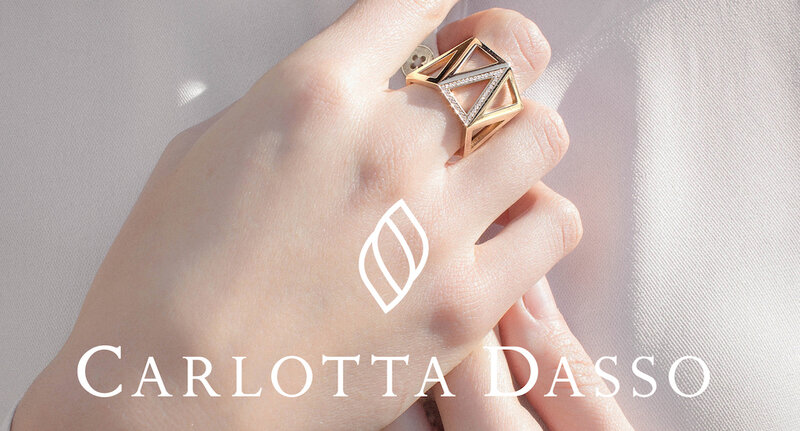
Project by Carlotta Dasso
